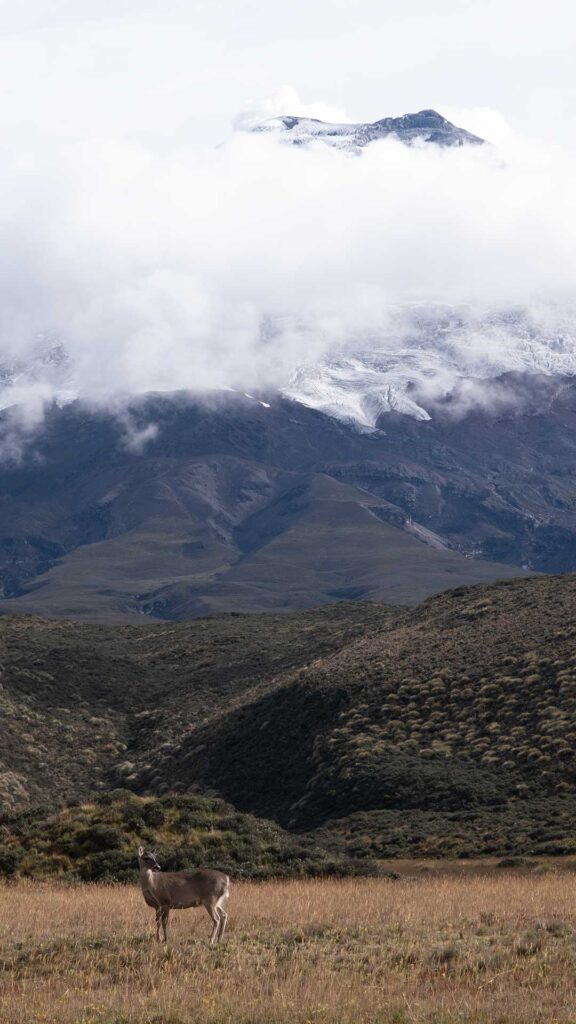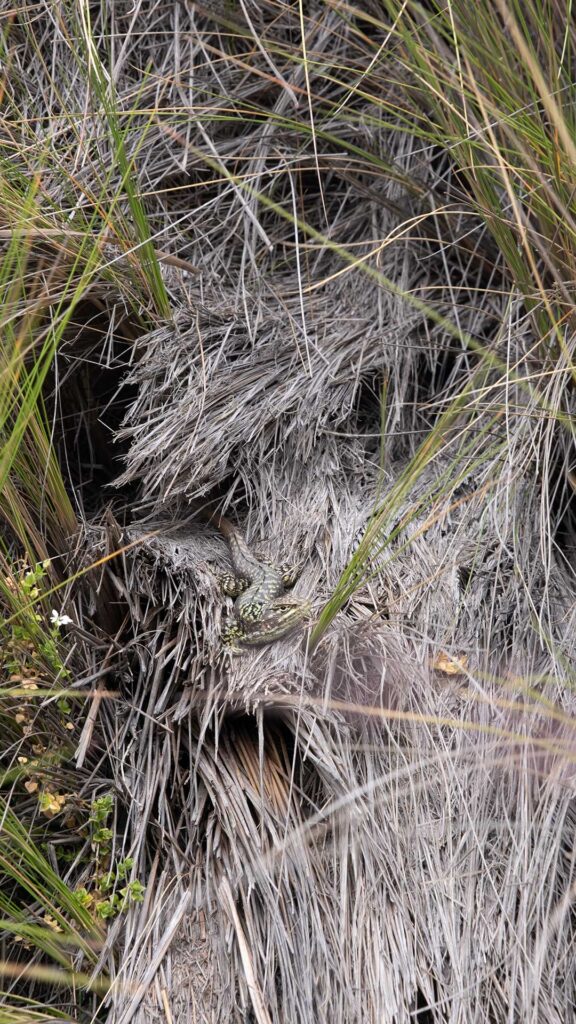In June 2023, I visited Cotopaxi National Park, another study site of ‘The Cold lizards project’. Situated in the center of the inter-Andean corridor, 50 km south of Quito, this protected area is a vast natural reserve. One of the most remarkable attractions is Cotopaxi volcano, which is an active stratovolcano with an elevation of 5897 m, making it one of the highest active volcanoes in the world. However, Cotopaxi volcano is not the only mountain visible on clear days; its companions, including Los Ilinizas, Rumiñahui, Sincholagua, and Morurco, complement the landscape of this magnificent place.
https://www.youtube.com/watch?v=23f0FfRAGFA



Living in high altitudes, amidst a varied landscape of glacier-formed valleys and plains with low atmospheric pressure, intense ultraviolet radiation, and strong winds is truly a challenging task. Nevertheless, species living in Cotopaxi National Park, as well as in other Andean paramos, have quickly evolved adaptation that allow them to endure such conditions. One example is plants from the grass family (Poaceae), which have evolved long and thin leaves to avoid water loss and are among the most predominant plants in this area.

The representative fauna of Cotopaxi National Park includes the endangered spectacle bear, the Andean fox, the carunculated caracara, the white-tail deer, the endangered Andean Condor, the Andean marsupial frogs, and of course the lizard species Stenocercus guentheri.






Limpiopungo Lagoon, formed by the water from the glaciers, is another tourist attraction in Cotopaxi National Park. Along the trail that circles the lagoon, Andean gulls and ducks capture the attention of the visitors, yet the lizard S. guentheri is another dweller of the lagoon. Lizards in this location are commonly seen basking on the trail borders or sneaking into grasses and small shrubs.






During the month of fieldwork at Cotopaxi National Park, I had unique experiences with Sofi and Erick, as well as with the park rangers with whom we shared the house. Their company and support were crucial for successfully completing the monitoring of this lizard population.




Yupaychani (Thank you in quichua),

Estefany Guerra Correa